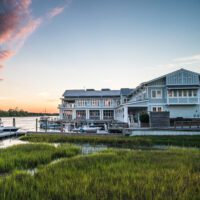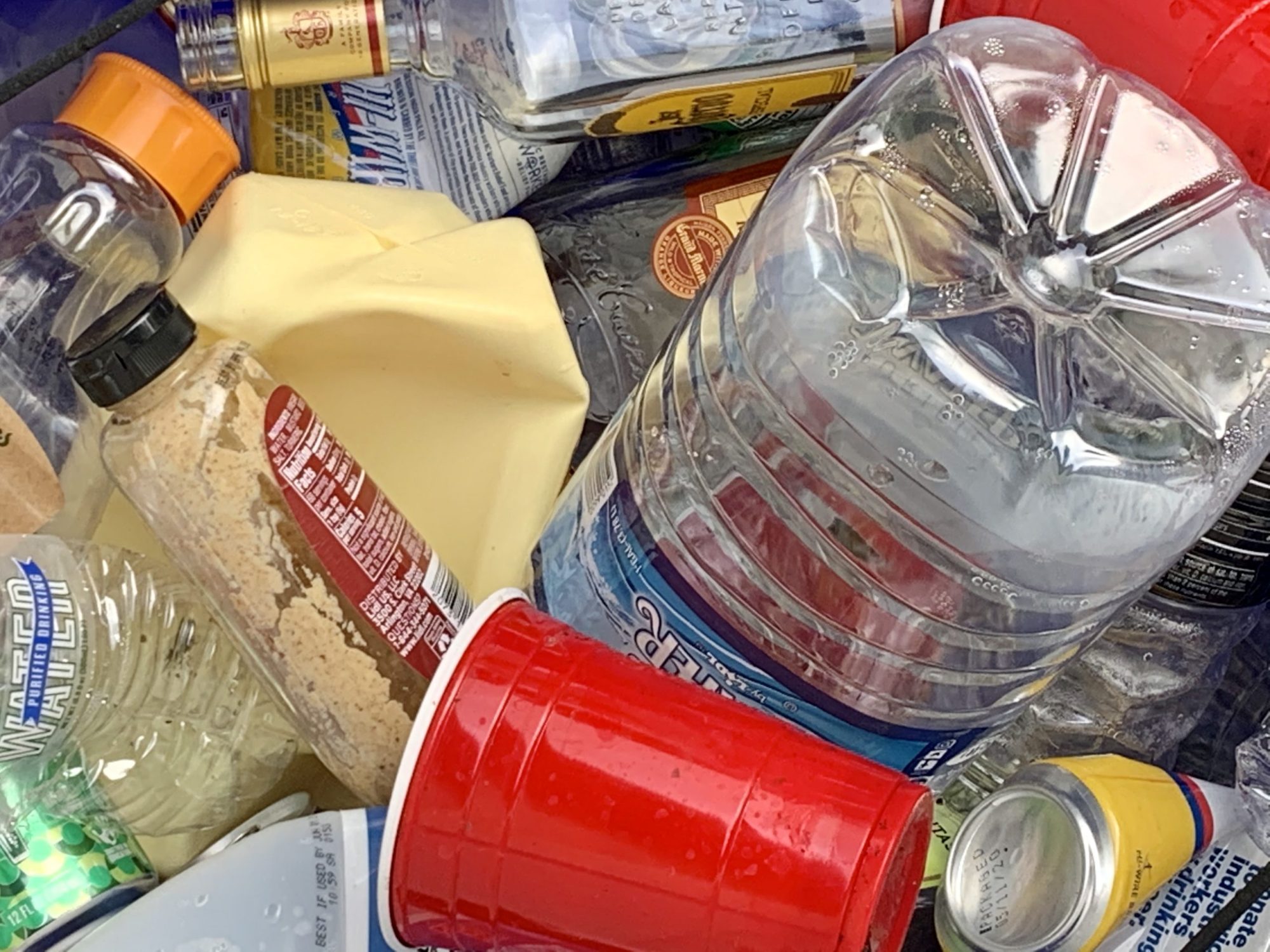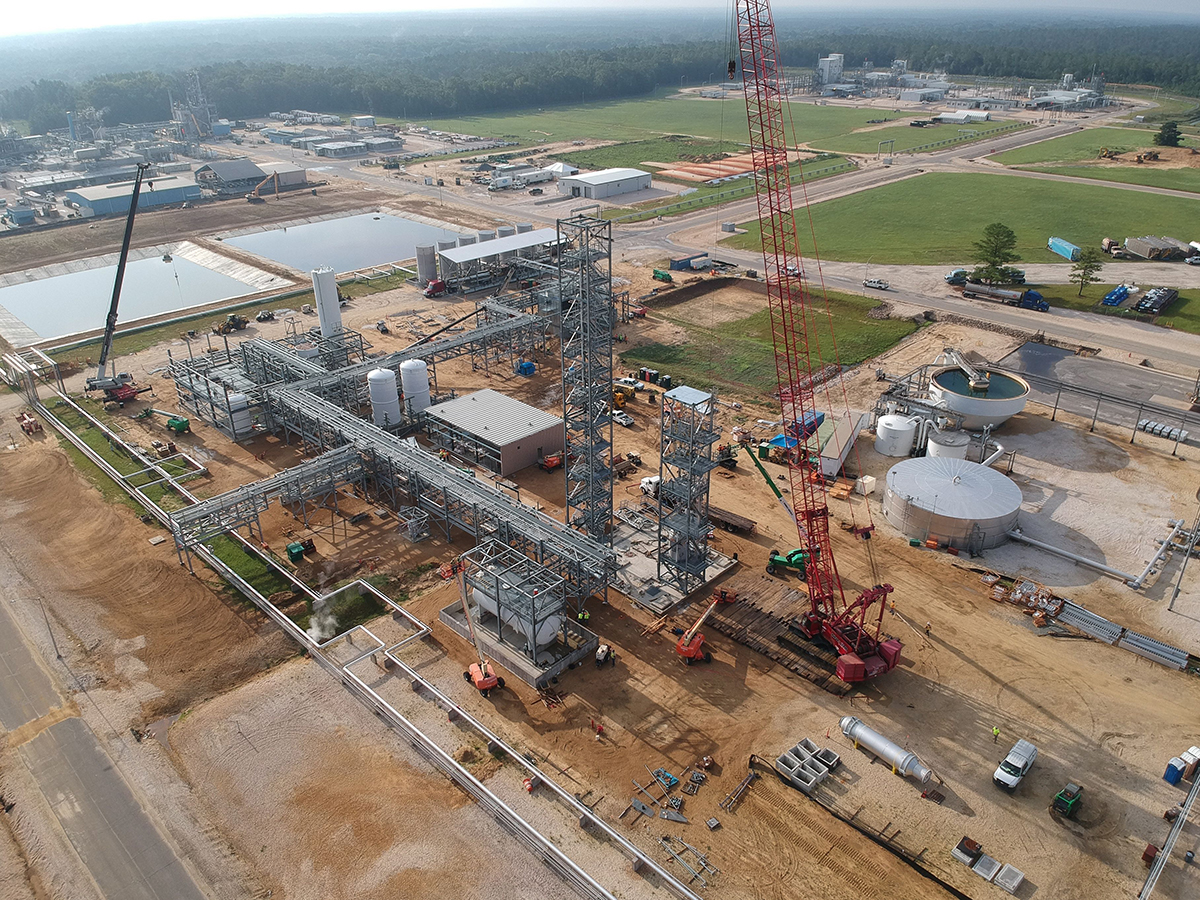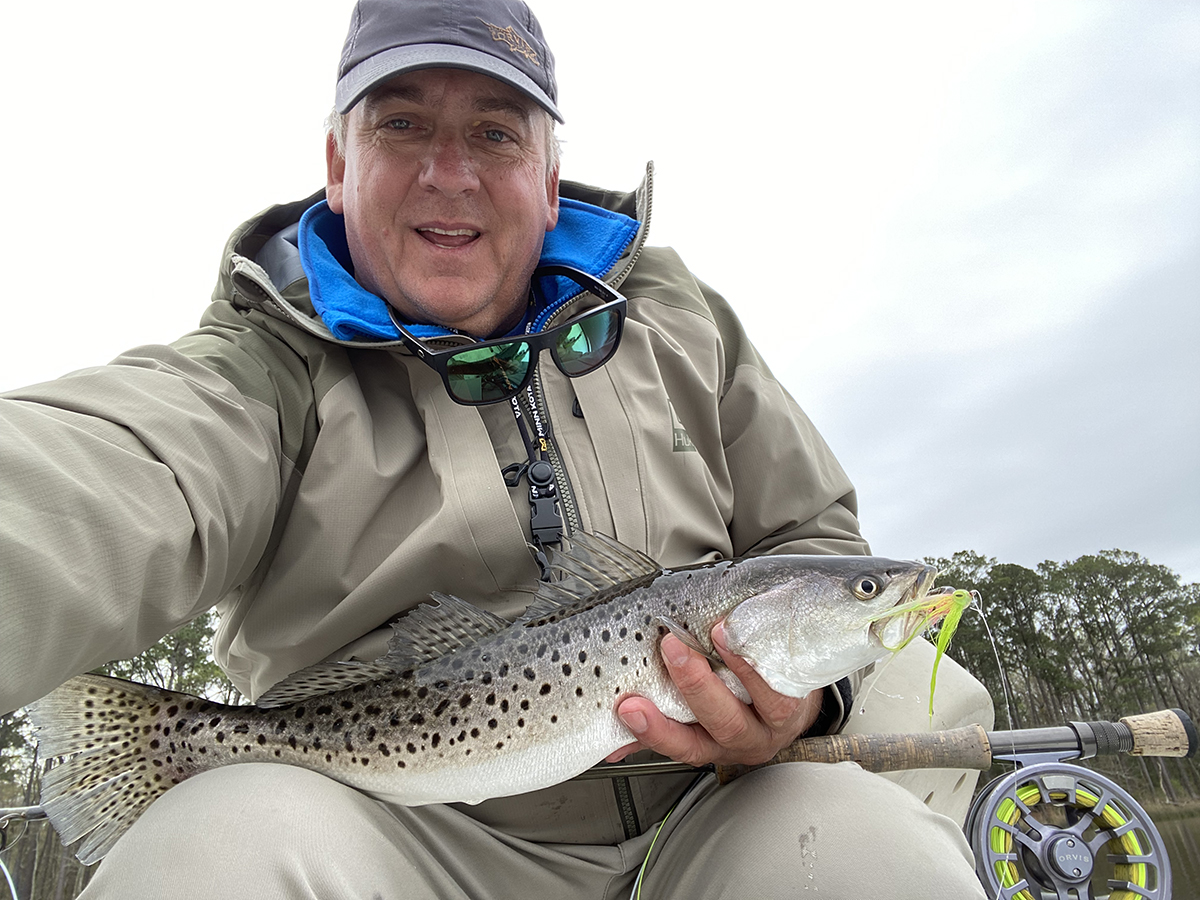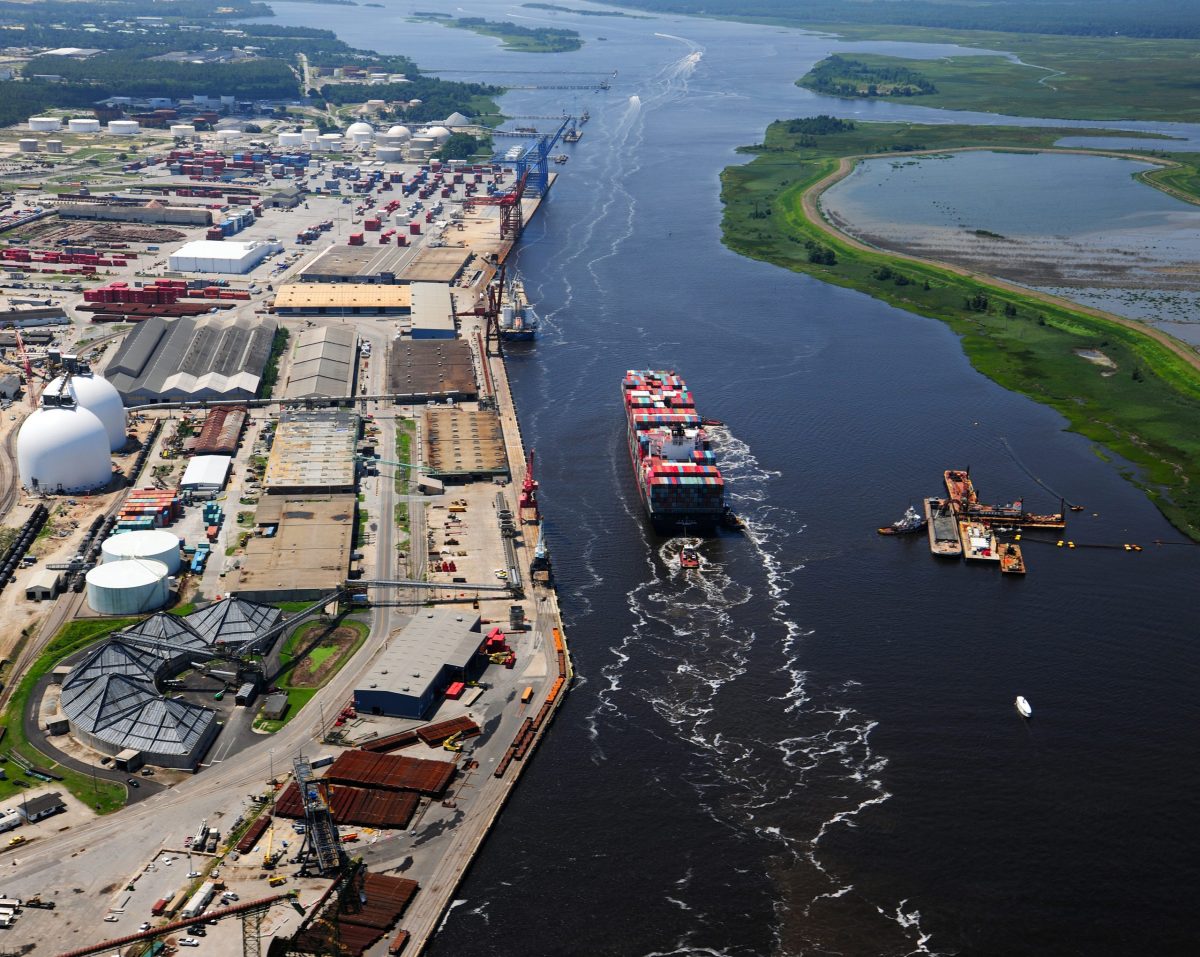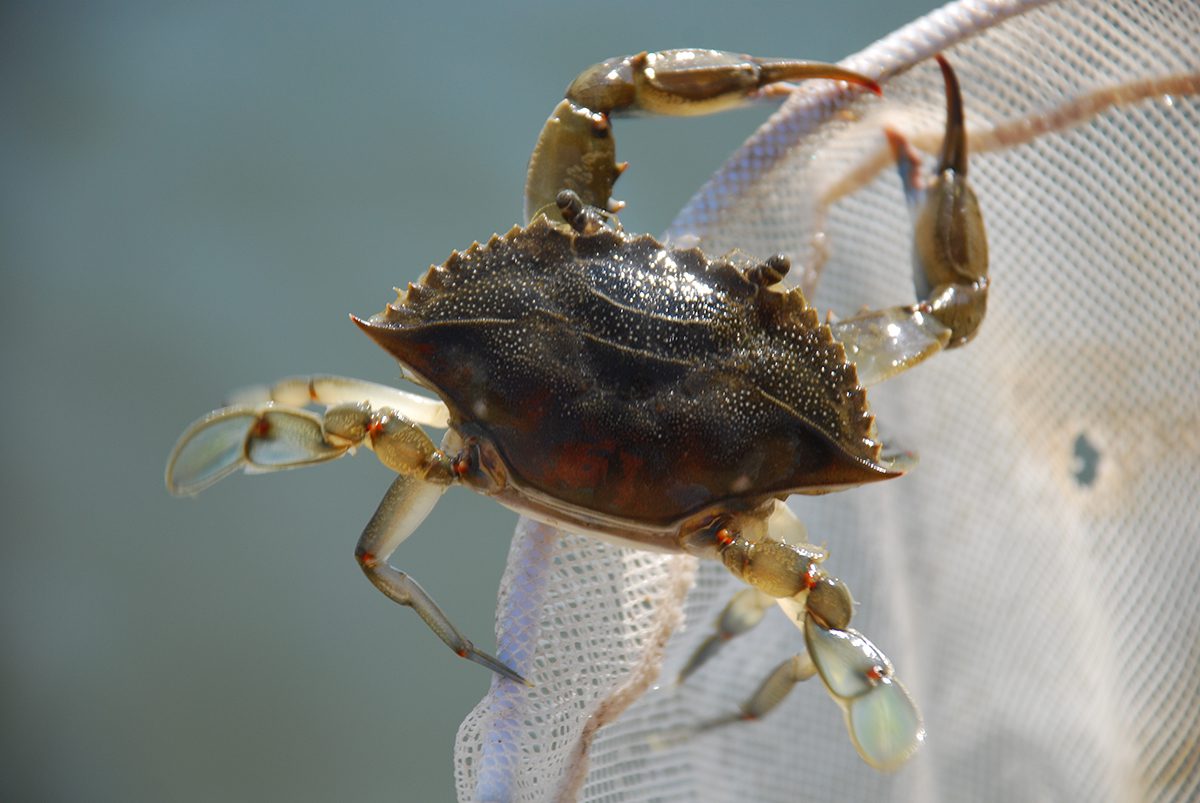
WILMINGTON — A proposal to limit commercial fishers’ harvest of blue crabs treads rough waters after advisory committees to the state Marine Fisheries Commission agreed the rule should not move forward.
The North Carolina Division of Marine Fisheries’ recommendation targets catch of mature female crabs. The proposed move comes as fisheries officials are looking to manage a species they say has been on a decline in the state’s coastal waters.
Supporter Spotlight
Earlier this month, the commission’s northern and southern regional advisory committees and the shellfish/crustacean advisory committee, voted in separate meetings to keep the current rules detailed in Amendment 3 of the Blue Crab Fishery Management Plan.
Each committee also agreed the commission should wait until its August meeting to take final action on the draft Amendment 3 revision. The plan calls for setting a 10-bushel limit for mature female blue crabs from June through December and restrict any harvest of mature female crabs from January through May. Adult crabs have shells at least 5 inches wide.
The proposal, in conjunction with existing blue crab season closures and other management measures, would reduce harvest by an estimated 21.7%, compared to average landings between 2019 and 2023, according to division officials. That harvest reduction should increase the total weight of blue crabs that are capable of reproducing and boost the numbers of young crabs entering the fishable population, officials say.
But critics of the proposed limits question how the division can propose a revision to the state’s blue crab management plan based on a benchmark stock assessment that uses data from 1995 to 2016. Results of that assessment showed blue crab stock was overfished, and overfishing was occurring in 2016.
In early 2020, the fisheries commission adopted Amendment 3, which included several management strategies to try and end overfishing of blue crab.
Supporter Spotlight
Those strategies have been in place since January 2021. But fisheries monitoring programs since then continued to show historically low commercial landings and low abundance in stock, according the division.
Fisheries officials began updating the stock assessment using data through 2022, but the division, with the strong recommendation of peer reviewers, decided against using the 2023 assessment update, citing concerns about its results.
“That to me, as a scientist, that would cause me to retract and say, ‘Man, there’s something missing here,’” said Sam Romano, co-owner of Seaview Crab Co. in Wilmington. “Why not try to figure out a way to get better data? I know you guys have your own set of data and you feel confident about it. I’m not trying to push down anybody’s data, but there has to be some outreach to some of these crabbers where they’re not see it. It affects their lives and they’re not feeling heard.”
Romano was one of roughly 15 people who attended the Southern Regional Advisory Committee’s March 19 meeting in Wilmington, where attendees and some members of the committee argued that, without an updated stock assessment, the division should not further limit blue crab catch for commercial harvest.
Speakers at the meeting also said officials can’t point solely to overfishing as the reason the state’s blue crab stock is in decline. Some challenged the division’s conclusion that the stock is still declining.
Shelby Lewis, 22, whose father has fished commercially for 40 years, said the division needs to look at more than commercial fishing in trying to determine what’s behind the declining numbers of blue crabs.
“I think the environment’s changing,” he said. “I think that there’s runoff from all this building and development. There’s crop wash. All these factors are contributing. I mean, every species we have in the state has basically seen a decline and I don’t think that’s just because of fishing. Some of them are already heavily regulated, but are still declining.”
Southern Regional Advisory Committee member Glenn Skinner said that, without an updated stock assessment, he did not feel comfortable recommending amending the management plan. Skinner is the executive director of the North Carolina Fisheries Association.
“What we want is the whole story,” he said. “We want the uncertainty. We want the certainty. We want all of it. We don’t want y’all to come in here and defend your position. We want you to come in here and educate us as advisers so we can make an educated decision. I’m just struggling without a stock assessment. We need to do better and I know y’all want to do better. We need that information before we take stuff away from people. I can’t get over the lack of data and the high degree of uncertainty we keep talking about over and over again.”
Robert Corbett, blue crab species lead in the division’s Elizabeth City office, said his fellow officials share similar concerns about the data they’re using to base their recommendation.
“However, we’re looking at the long-term trends and we just see the declines,” Corbett said. “There’s a lot of things that are outside of our ability to manage. As fisheries managers, our tool bags are very thin. Pretty much all we have is just reducing harvest, just reducing the number of crabs that we’re taking out of the population.”
Blue crab stock declines are not occurring just in North Carolina waters, he said. A January 2023 status report for the fishery in South Carolina concluded stock there had been in decline for almost two decades. And, in Virginia’s Chesapeake Bay, juvenile abundance of blue crabs remained low, through that stock was not depleted or overfished.

